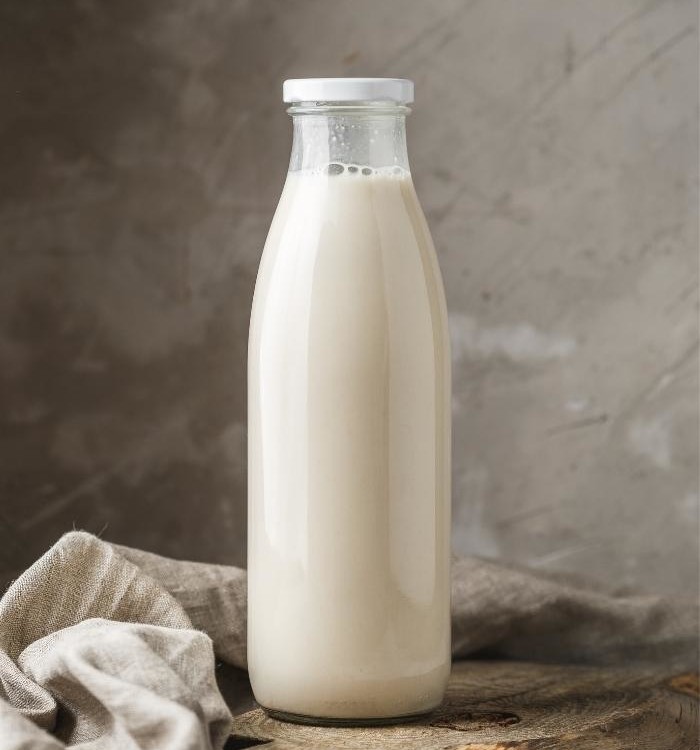
How to Freeze Buttermilk
Whether you stocked up on buttermilk in preparation for the holidays or like to keep it on hand for your favorite baked goods, freezing buttermilk is the perfect way to ensure you never run out! In this post, I’ll walk you through how to freeze buttermilk, how to thaw it, and why it’s worth freezing in the first place!
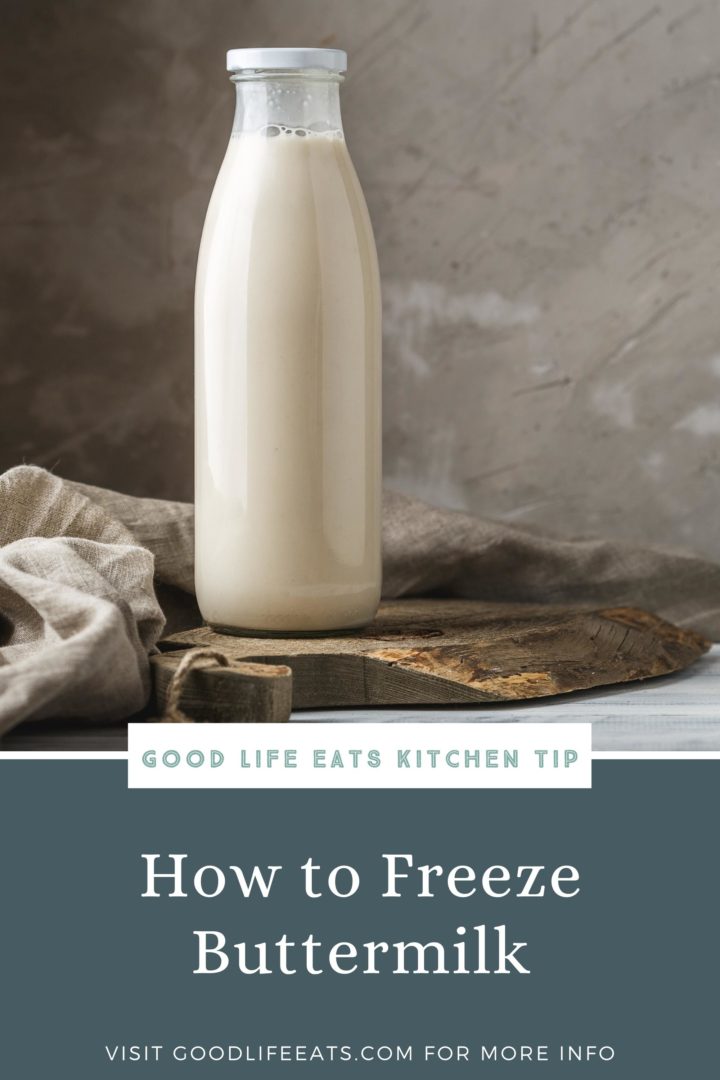
Can You Freeze Buttermilk?
Before we get to the heart of this post — learning how to freeze buttermilk — I first want to address whether or not buttermilk can be frozen in the first place.
The short answer is:YES! Buttermilk is safe to freeze, plus it actually freezes very well.
Many dairy-based products don’t freeze well. They tend to split once frozen and develop a grainy texture.
Not buttermilk! While some separation may occur after buttermilk is frozen, you can fix the issue by stirring it with a fork or metal whisk.
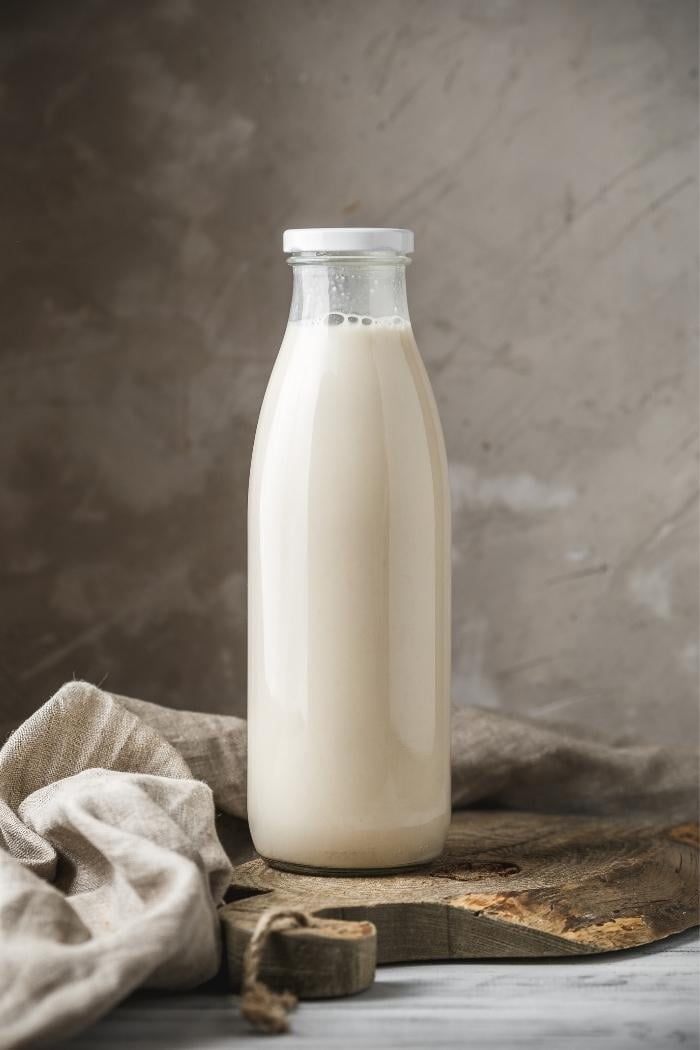
Why Bother Freezing Buttermilk?
There are a few reasons you may want to consider freezing buttermilk.
If you bought large quantities of buttermilk — say, around the holidays — you might not be able to use it up before it spoils. Rather than letting perfectly good fresh buttermilk go to waste, you can freeze it!
Or, maybe you bought a large container of buttermilk because it was a better deal. If the recipe you needed it for only used a small amount of the buttermilk, you can freeze the rest in smaller portions to use for future recipes.
Whatever your reason for wanting to learn how to freeze buttermilk, it’s a good kitchen hack to know!
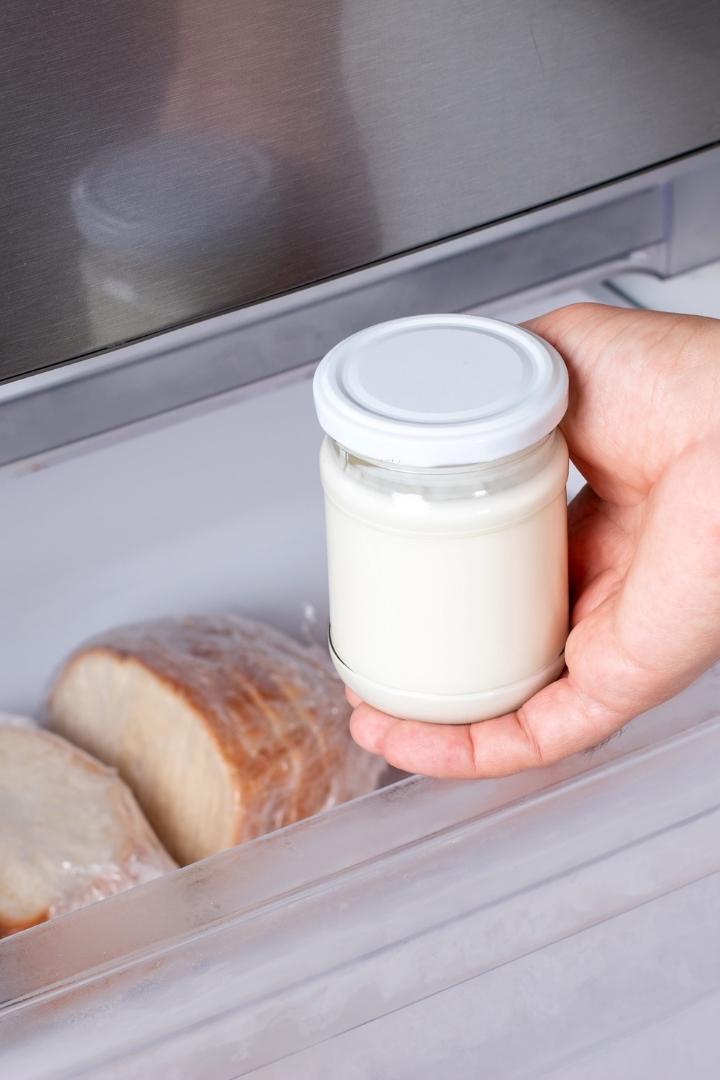
How to Freeze Buttermilk 3 Ways
You have a few options to choose from when freezing buttermilk, depending on the amount of buttermilk you want to freeze and how you like to organize your freezer.
And remember: you can freeze fresh, store-bought buttermilk as well as homemade buttermilk substitutes.
Option 1: Freezing Buttermilk in Storage Containers
The simplest way to freeze buttermilk is to transfer it to freezer-safe storage containers that have an airtight lid.
I recommend freezing buttermilk in multiple smaller containers rather than one large one. This way, you can thaw the precise amount of buttermilk you need later on.
When measuring the buttermilk into the freezer storage containers, leave some room at the top of the container. Buttermilk expands as it freezes, and it can ruin your storage container if you fill it all the way to the top!
When freezing buttermilk in storage containers, make sure to label and date them as well as note the amount of buttermilk in the container. You can label dry, grease-free storage containers with masking tape and a marker. This way, you’re not writing on the container itself.
You can use glass or plastic containers. If using glass, just be careful where in the fridge you store it so it doesn’t get knocked around and break. On the freezer door is always a safe place.
Option 2: Freezing Buttermilk in Plastic Bags
A great space-saving way to freeze buttermilk is in individual plastic bags (either single-use or reusable).
Again, I recommend measuring out smaller quantities of buttermilk into the plastic bags. Freezing buttermilk by the ½ cup or 1 cup works well for me!
After pouring the pre-measured amount of buttermilk into the plastic bag, carefully fold the top over and press out any excess air. Then, label the bag with the date, what it contains (buttermilk), and the amount of buttermilk (½ cup or 1 cup).
Once all the bags have been filled with buttermilk and the excess air has been removed, lay them flat on a cookie sheet (or another flat surface). Place the cookie sheet in the freezer and freeze until solid.
Then, you can stack the bags of buttermilk upright in your freezer. This saves so much space, plus it looks so organized!
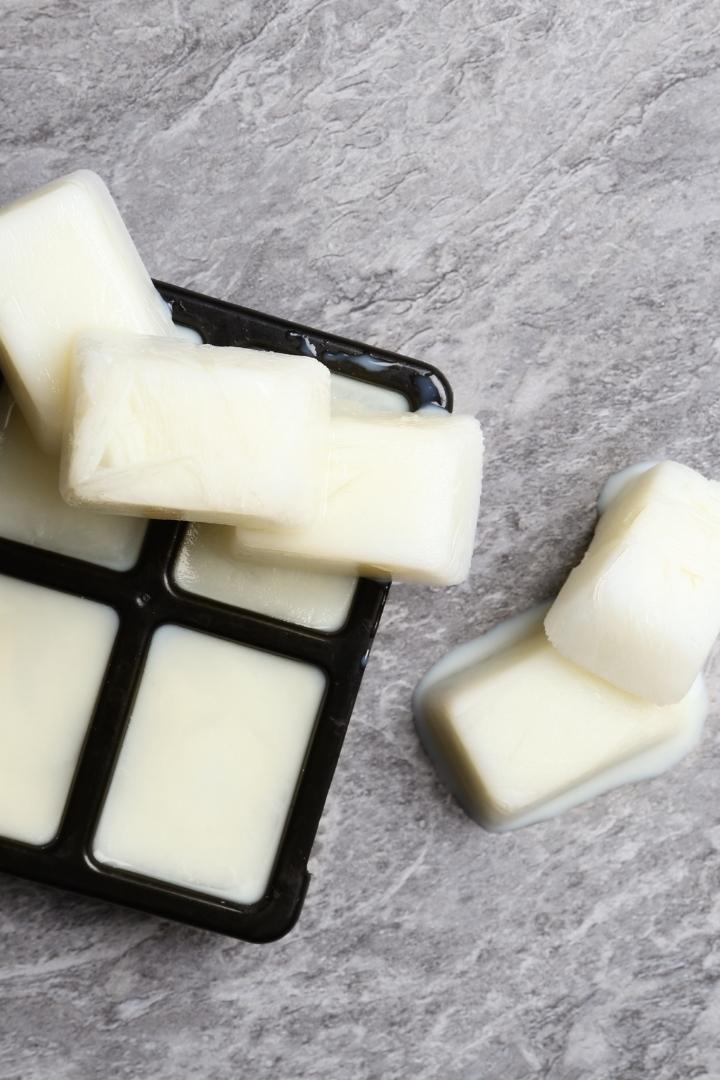
Option 3: Freezing Buttermilk in Ice Cube Trays
Freezing buttermilk in ice cube trays is a great option if you don’t often bake with buttermilk and aren’t sure how much you’ll need to defrost in the future.
Ice cube trays typically hold about 1 tablespoon of buttermilk per well, which makes it easy to defrost the exact amount you need for any recipe.
To freeze buttermilk in an ice cube tray, carefully fill the tray and transfer it to your freezer. Once frozen solid, pop the buttermilk cubes into a freezer bag, label it, and freeze.
Equipment You’ll Need for Freezing Buttermilk
Whether you choose to freeze buttermilk in storage containers, baggies, or ice cube trays, you’ll need to make sure your equipment is freezer-friendly. You don’t want the buttermilk to develop freezer burn, do you?
Here’s the equipment I recommend if you plan on freezing buttermilk:
- Plastic freezer containers: I prefer freezing buttermilk in multiple, smaller containers rather than one large one.
- Freezer bags: Using actual freezer bags (rather than regular Ziploc bags) is important. They’re thicker and prevent freezer burn more efficiently.
- Ice cube trays: I prefer using silicone ice cube trays. They’re flexible, making it easier to pop the frozen buttermilk cubes out of them. Similar to ice cube trays, I also like Souper Cubes. They aren’t just great for freezing soup! These come in a variety of sizes so you can make buttermilk “ice cubes” in a variety of sizes (2 tablespoons, 1/2 cup, 1 cup, etc) depending on what amount you want to store your frozen buttermilk in. They also work great for freezing pesto and freezing basil.
How Long Is Frozen Buttermilk Good For?
Once frozen, fresh or homemade buttermilk will last up to three months.
Technically, you’ll be using buttermilk after it’s “good by” date, but since you froze the buttermilk it’s been preserved and therefore is safe to thaw and use.
After three months, the frozen buttermilk won’t have spoiled, but it’s more likely to develop freezer burn the longer it sits in your freezer. Frozen buttermilk that’s developed freezer burn will likely have an unpalatable texture after it’s defrosted, so I don’t recommend cooking or baking with it.
Can Buttermilk Be Refrozen?
No, once you’ve frozen buttermilk once and defrosted it, you cannot refreeze it.
How to Thaw Frozen Buttermilk
Thawing frozen buttermilk is easy! Just place it in the fridge overnight and use the next day as you normally would.
If the defrosted buttermilk has split, give it a gentle whisk and it should return to its usual smooth consistency.
You can also defrost frozen buttermilk in a bowl of lukewarm (not hot) water. Place the bag or container of frozen buttermilk into a large bowl of lukewarm water and let it sit there for about 20 minutes.
The water will cool down quickly, so you’ll need to continually replace the warm water every 5 minutes or so.
Do You Always Have to Thaw Frozen Buttermilk?
As a general rule of thumb, yes, I recommend thawing frozen buttermilk before using it. You must thaw frozen buttermilk if you plan on using it in baked goods.
If you froze the buttermilk in ice cube trays, you can add the buttermilk cubes straight to a pot of hot soup or showder. However, the frozen buttermilk cubes will lower the temperature of the soup and it will take longer to return to a simmer or boil.
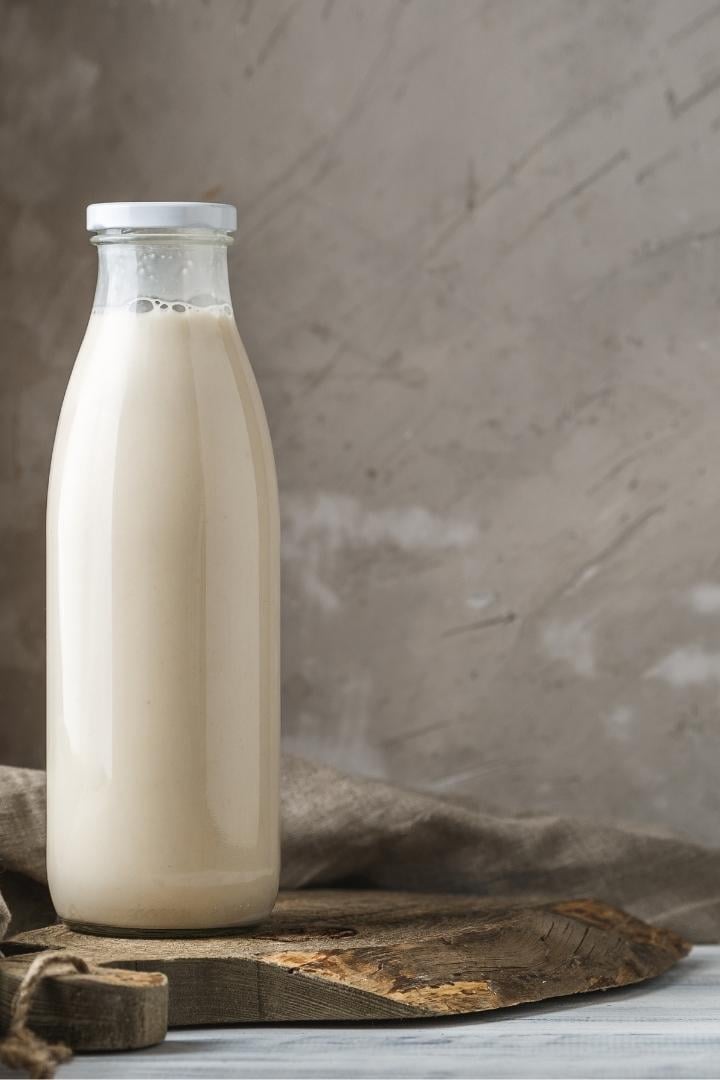
Tips for Freezing Buttermilk
- Always label your storage container or bag before freezing it! Your label should include the date, contents, and amount of buttermilk you froze.
- If freezing buttermilk in plastic storage containers, leave some space at the top so the buttermilk has room to expand as it freezes.
- Buttermilk can be thawed overnight in the fridge or in a lukewarm water bath.
- Never refreeze buttermilk after defrosting it! It’s not safe to do so.
Recipes Using Buttermilk
Now that you know how to freeze buttermilk, it’s time to use it up! Frozen buttermilk can be thawed and added to muffins, cakes, cupcakes, chowders, and so much more. Here are some suggestions on how to use buttermilk that’s been frozen and then defrosted.
Coconut Lemon Poppy Seed Muffins
The natural sweetness of the coconut paired with the tangy lemon is one of my favorite flavor combinations. I really enjoyed the texture that the shredded coconut combined with the poppy seeds offered.
Dark Chocolate Muffins with Cinnamon Streusel
With dark chocolate and dark chocolate cocoa powder, these muffins are rich without being overly sweet. They are delicious on their own, but they pair quite well with a cherry jam too.
Dark Chocolate Cupcakes with Salted Caramel Buttercream and Caramel Glaze
Decadent dark chocolate cupcakes are piped with a salted caramel buttercream and drizzled in homemade Caramel Sauce with Vanilla and Bourbon for a delicious sweet and salty dessert.
Cherry Chocolate Almond Muffins
Cherry and chocolate are a perfect combination! The crunch of nuts really makes these interesting and I know your kids will love eating them for breakfast!
Buttermilk Poppy Seed Citrus Scones
Buttermilk Poppy Seed Citrus Scones make a tasty springtime scone.
Chicken Pot Pie with Buttermilk Biscuit Crust
Creamy chicken filling is topped with tender buttermilk biscuits. Chicken Pot Pie with Buttermilk Biscuits is comfort food and it's finest!
Chocolate Buttermilk Cupcakes with Vanilla Almond Frosting
Dark chocolate cupcakes made with buttermilk and topped with a tasty vanilla almond frosting!
Gruyere, Apple and Sage Scones
These Savory Scones are flavored with the quintessential fall flavors of apple, sage, and Gruyere. Perfect for dipping into a warm bowl of soup!
Sweet Potato Dinner Rolls
While these tender Sweet Potato Dinner Rolls will make an excellent addition to any Thanksgiving menu, they’re also a great way to use up leftover baked sweet potatoes for a post-Thanksgiving treat. Use these Sweet Potato Rolls as buns for turkey sandwiches, too!
Rosemary Potato Buttermilk Biscuits
Rosemary Potato Buttermilk Biscuits might make a perfect beef pot pie crust, but they’re also great served with dinner or even just stored in the freezer for a snack. I think I ate about 4 of these Rosemary Potato Buttermilk Biscuits while photographing them.
Parmesan Chive Buttermilk Biscuits
Several Sunday evenings in a row my sister and I have been whipping up a batch of hot, steamy buttermilk biscuits to serve with dinner. My latest experiment – Parmesan Chive Buttermilk Biscuits!
Toasted Almond and Coconut Scones
The scone recipe itself is a pretty simple recipe that features hints of lemon and coconut, but toasted almonds and coconut combine to make an incredible topping to these scones.
Chocolate Orange Muffins
This recipe for Orange Chocolate Chip muffins is super simple to bake! These muffins get their tangy orange flavor from plenty of fresh orange zest and fresh orange juice! Throw in some mini dark chocolate chips for an extra sweet treat.
Lemon Buttermilk Cookies with Almond
These cookies are pillowy soft, and the lemon and almond complement each other nicely without one overpowering the other. They are also really pretty on the table!
Buttermilk Olive Oil Muffins with Lemon and Honey
These muffins offer lots of flavor, but they don't have any visible variance (like blueberries) so my picky eater is more likely to give them a go!
More Freezing Tutorials:
Freezing basil minimizes food waste and ensures you always have some on hand for soups, stews, sauces, and more! This post explains how to freeze basil 4 ways, plus you’ll get access to 10+ basil recipes.
Freezing spinach is really simple, and handy if you would like to have extra vegetables stored in your freezer. Come learn all about the 4 different ways I like to freeze spinach and several ideas for what to make with frozen spinach!
Cookie dough freezes extremely well and is the perfect sweet treat to keep stashed in your freezer to instantly satisfy those sweet tooth cravings. Here’s how to freeze cookie dough and bake it later.
Freezing muffins is a great idea if you need quick breakfasts or snacks throughout the week and want to prep them in advance. This post explains how to freeze muffins, as well as provides thawing instructions and 15 easy muffin recipes.
Freezing cheese extends its shelf life and is easy to thaw for future recipes. This guide explains how to freeze cheese, how long frozen cheese lasts in the freezer, and which cheeses can actually be frozen.
Stay Inspired in the Kitchen!
Want more delicious recipes, kitchen tips, and meal inspiration? Sign up for the Good Life Eats Newsletter and get:
✔ Tried-and-true recipes—from quick weeknight meals to special occasion favorites.
✔ Seasonal meal ideas—helping you make the most of fresh, in-season ingredients.
✔ Time-saving kitchen tips—boosting your confidence and creativity in the kitchen.
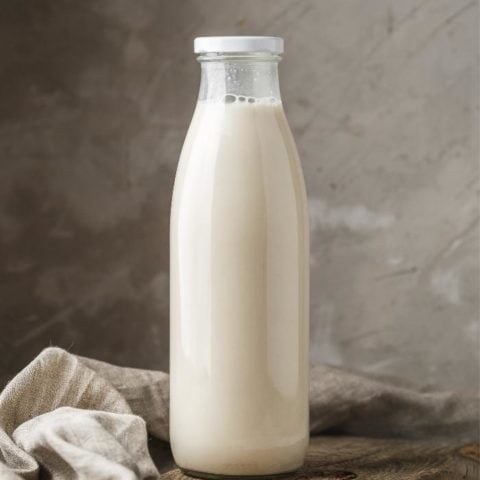
How to Freeze Buttermilk
Whether you stocked up on buttermilk in preparation for the holidays or like to keep it on hand for your favorite baked goods, freezing buttermilk is the perfect way to ensure you never run out! In this post, I’ll walk you through how to freeze buttermilk, how to thaw it, and why it’s worth freezing in the first place!
Ingredients
- 1 cup Buttermilk
Instructions
Freezing Buttermilk in Storage Containers
I recommend freezing buttermilk in multiple smaller containers rather than one large one. This way, you can thaw the precise amount of buttermilk you need later on.
- When measuring the buttermilk into the freezer storage containers, leave some room at the top of the container. Buttermilk expands as it freezes, and it can ruin your storage container if you fill it all the way to the top!
- When freezing buttermilk in storage containers, make sure to label and date them as well as note the amount of buttermilk in the container.
Freezing Buttermilk in Plastic Bags
Again, I recommend measuring out smaller quantities of buttermilk into the plastic bags. Freezing buttermilk by the ½ cup or 1 cup works well for me!
- After pouring the pre-measured amount of buttermilk into the plastic bag, carefully fold the top over and press out any excess air.
- Then, label the bag with the date, what it contains (buttermilk), and the amount of buttermilk (½ cup or 1 cup).
- Once all the bags have been filled with buttermilk and the excess air has been removed, lay them flat on a cookie sheet (or another flat surface).
- Place the cookie sheet in the freezer and freeze until solid.
- Then, you can stack the bags of buttermilk upright in your freezer. This saves so much space, plus it looks so organized!
Freezing Buttermilk in Ice Cube Trays
- To freeze buttermilk in an ice cube tray, carefully fill the tray and transfer it to your freezer.
- Once frozen solid, pop the buttermilk cubes into a freezer bag, label it, and freeze.
Notes
How Long Is Frozen Buttermilk Good For?
After three months, the frozen buttermilk won’t have spoiled, but it’s more likely to develop freezer burn the longer it sits in your freezer. Frozen buttermilk that’s developed freezer burn will likely have an unpalatable texture after it’s defrosted, so I don’t recommend cooking or baking with it.
How to Thaw Frozen Buttermilk
Thawing frozen buttermilk is easy! Just place it in the fridge overnight and use the next day as you normally would.
You can also defrost frozen buttermilk in a bowl of lukewarm (not hot) water. Place the bag or container of frozen buttermilk into a large bowl of lukewarm water and let it sit there for about 20 minutes.
Recommended Products
As an Amazon Associate and member of other affiliate programs, I earn from qualifying purchases.
Nutrition Information:
Yield: 2 Serving Size: 1Amount Per Serving: Calories: 49Total Fat: 1gSaturated Fat: 1gTrans Fat: 0gUnsaturated Fat: 0gCholesterol: 5mgSodium: 233mgCarbohydrates: 6gFiber: 0gSugar: 6gProtein: 4g
GoodLifeEats.com offers recipe nutritional information as a courtesy. This provided information is an estimate only. This information comes from online calculators. Although GoodLifeEats.com makes every effort to provide accurate information, these figures are only estimates.

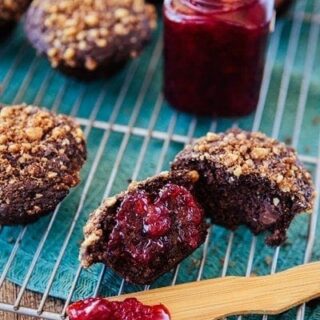
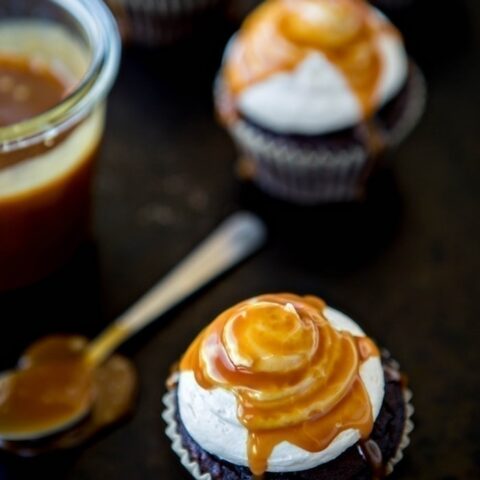
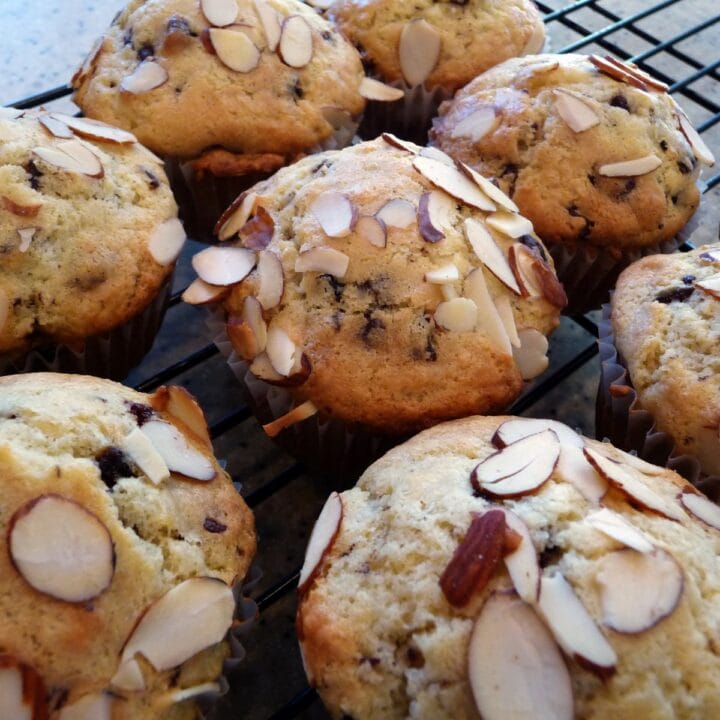

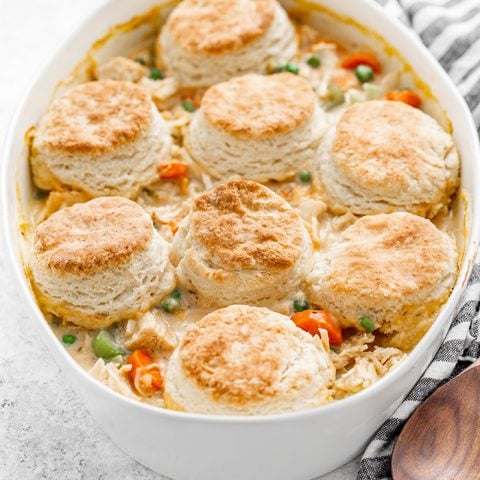


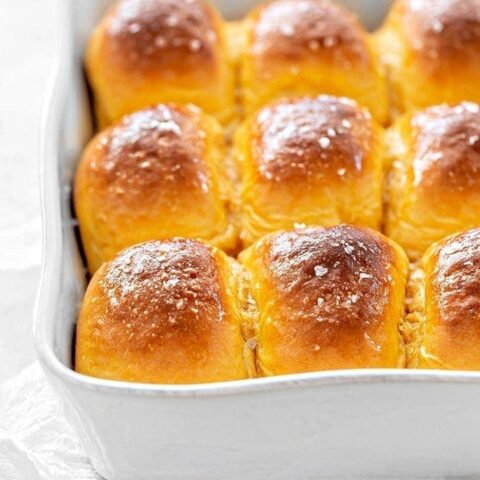
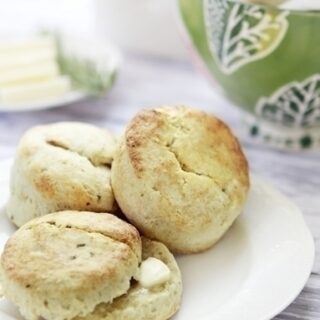
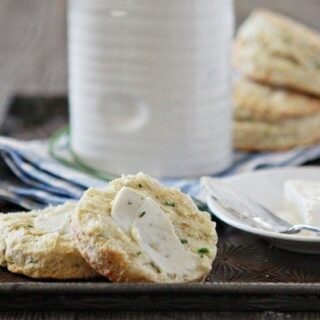
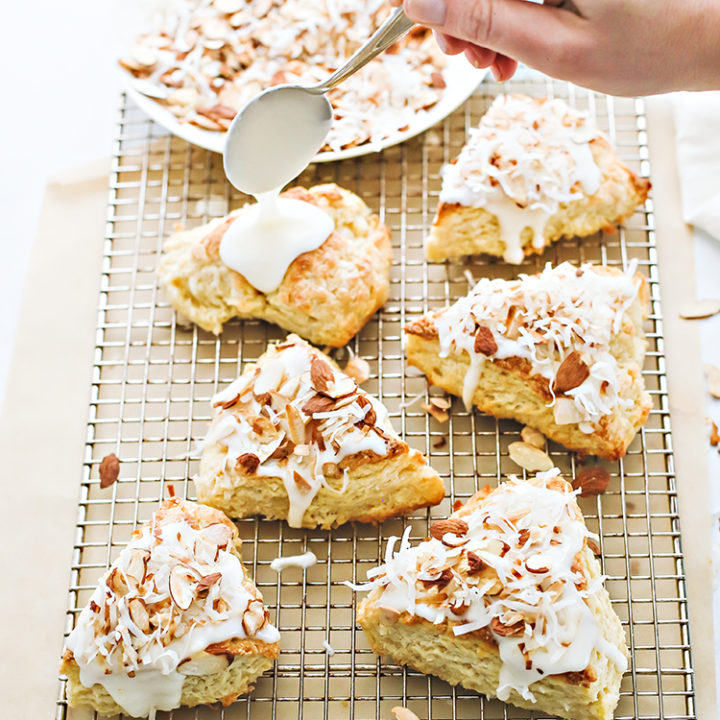
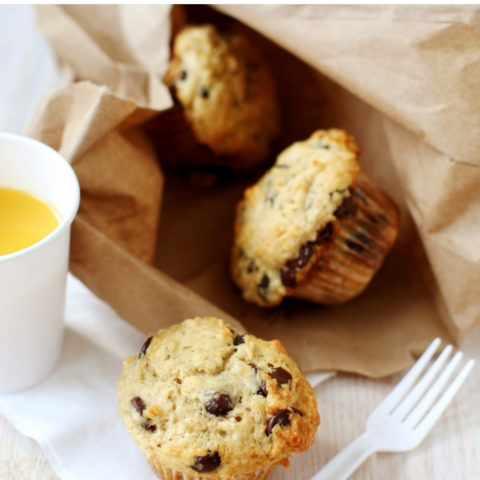
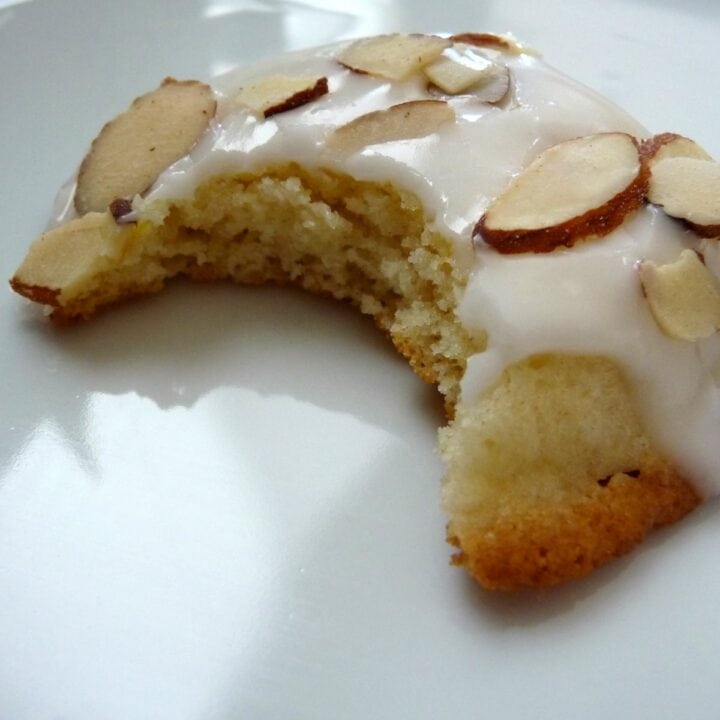

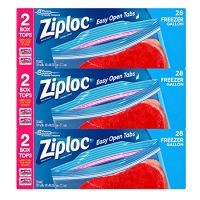


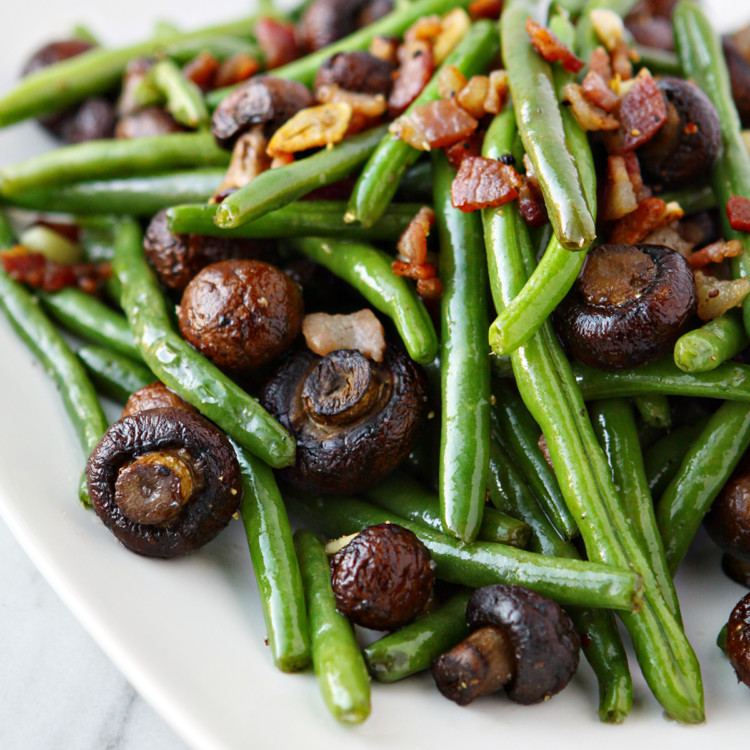
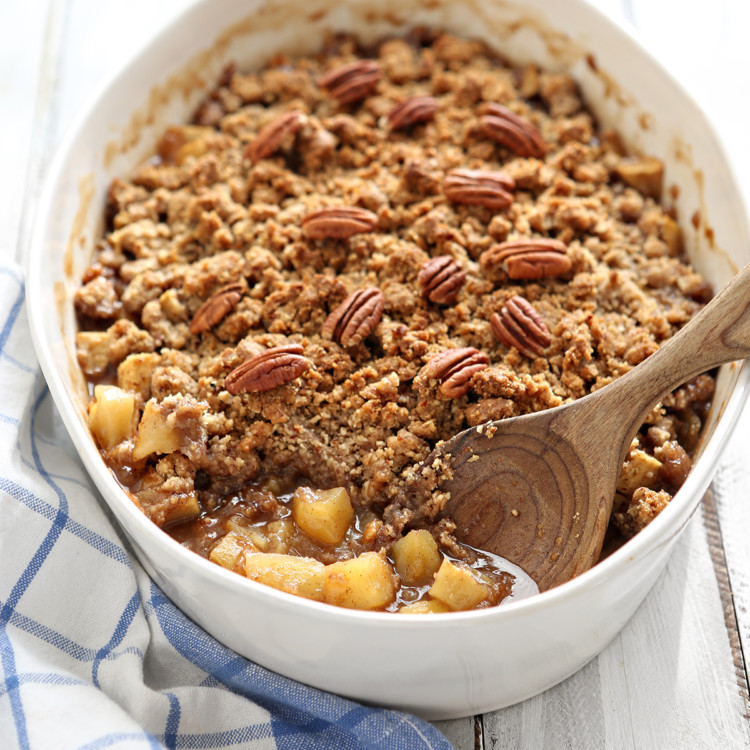
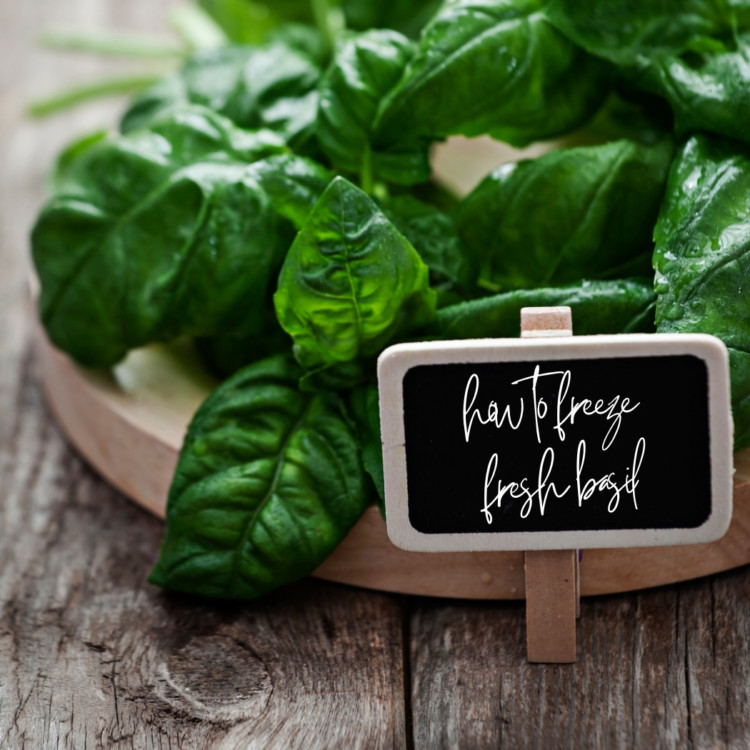
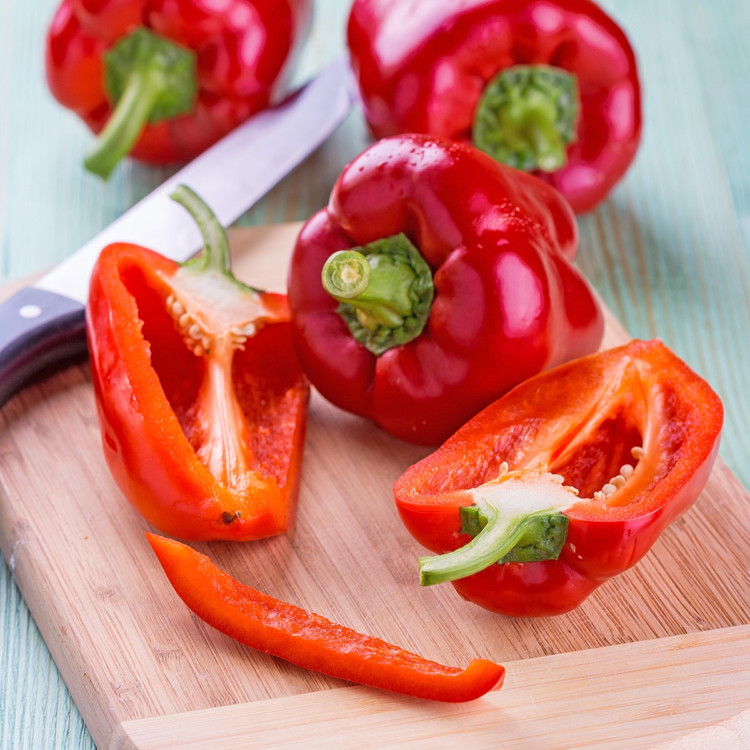
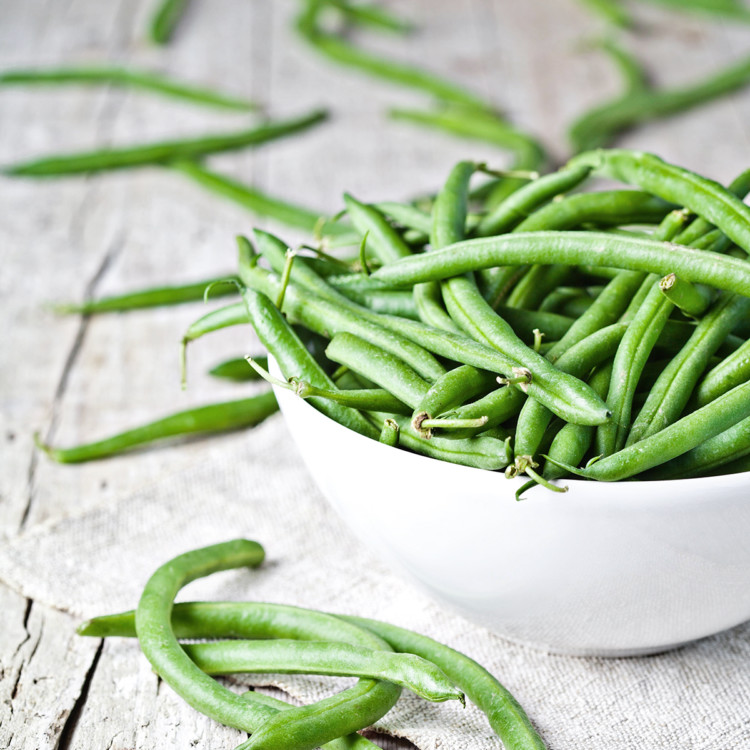
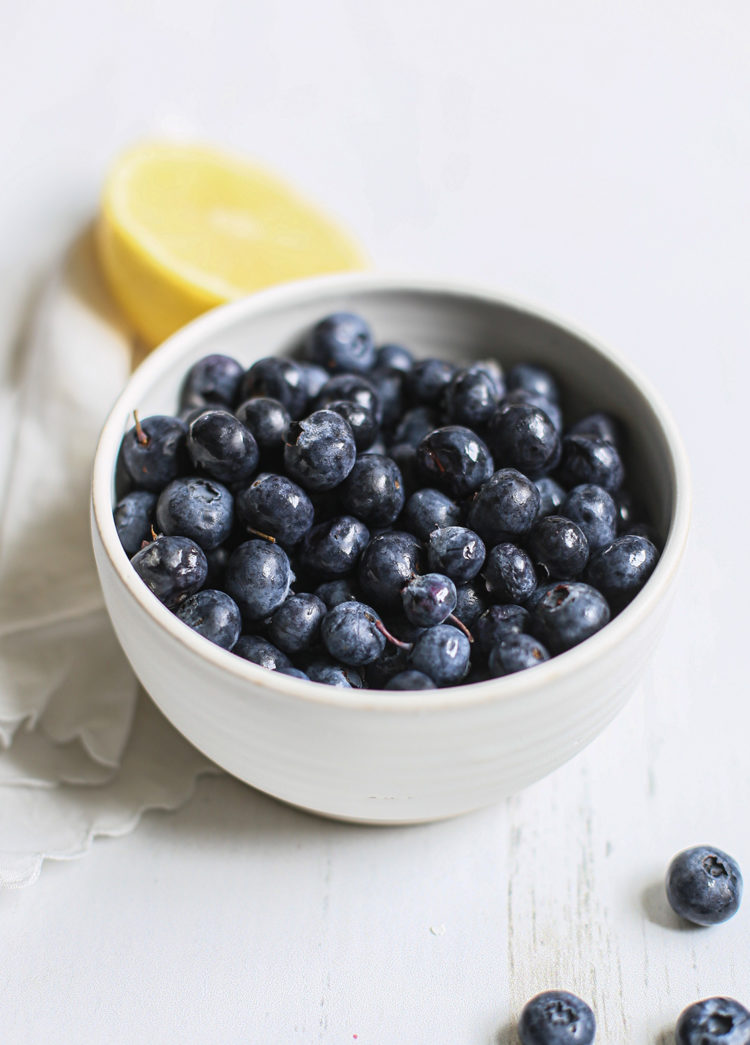
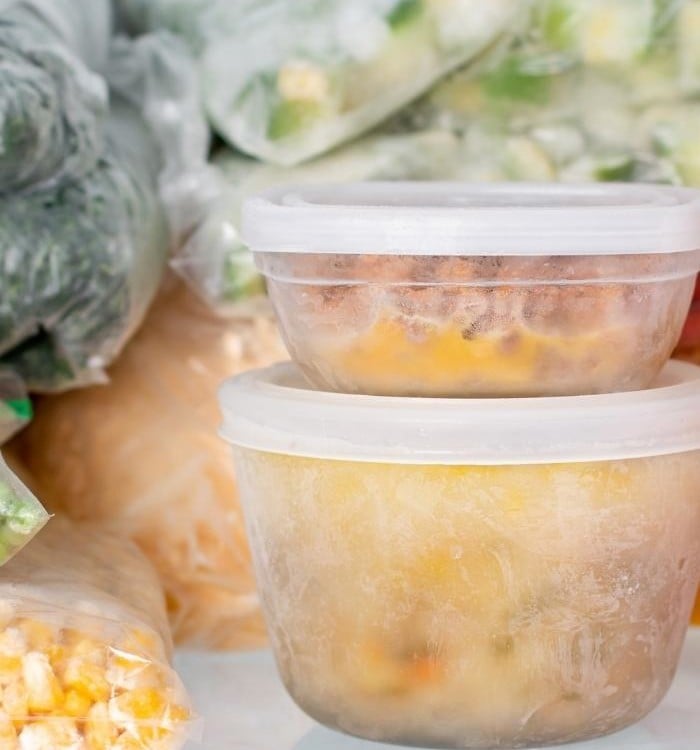

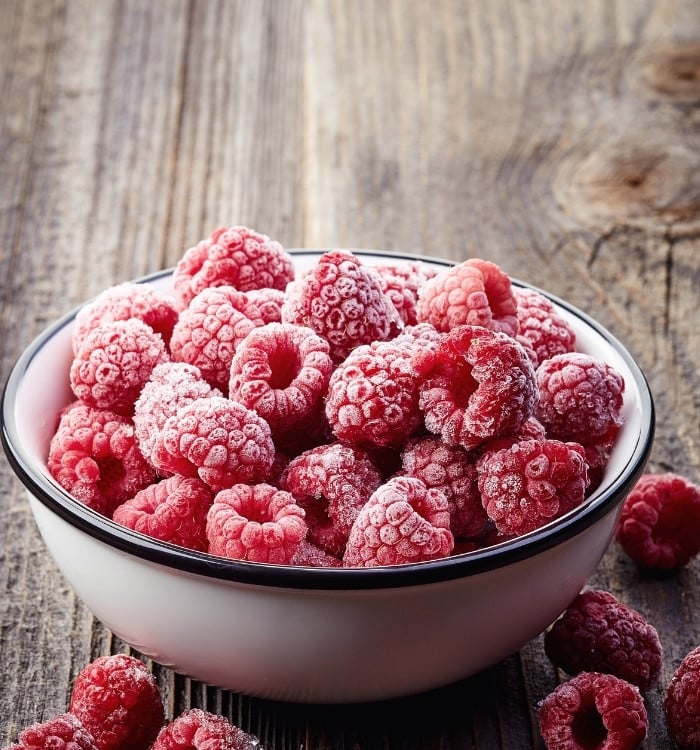
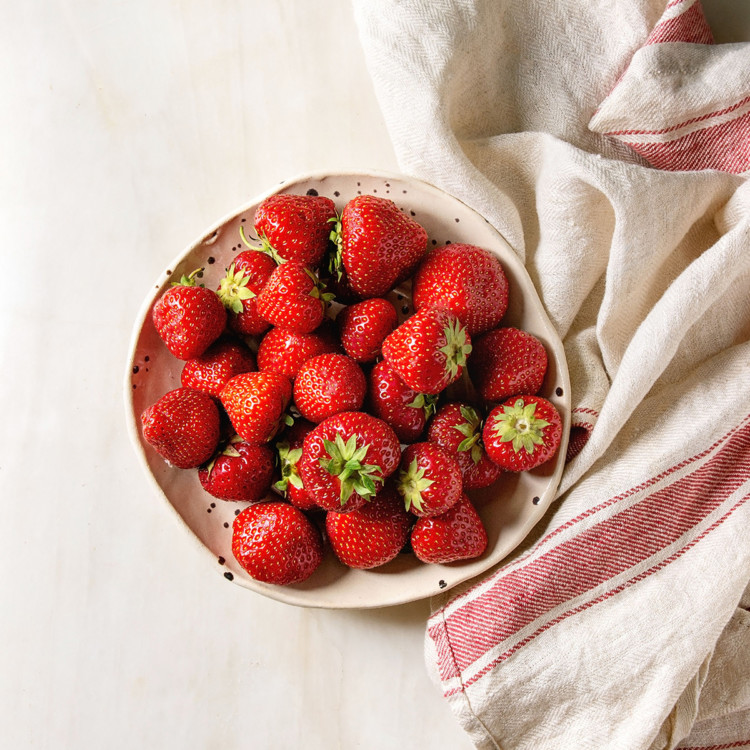

Leave a Comment